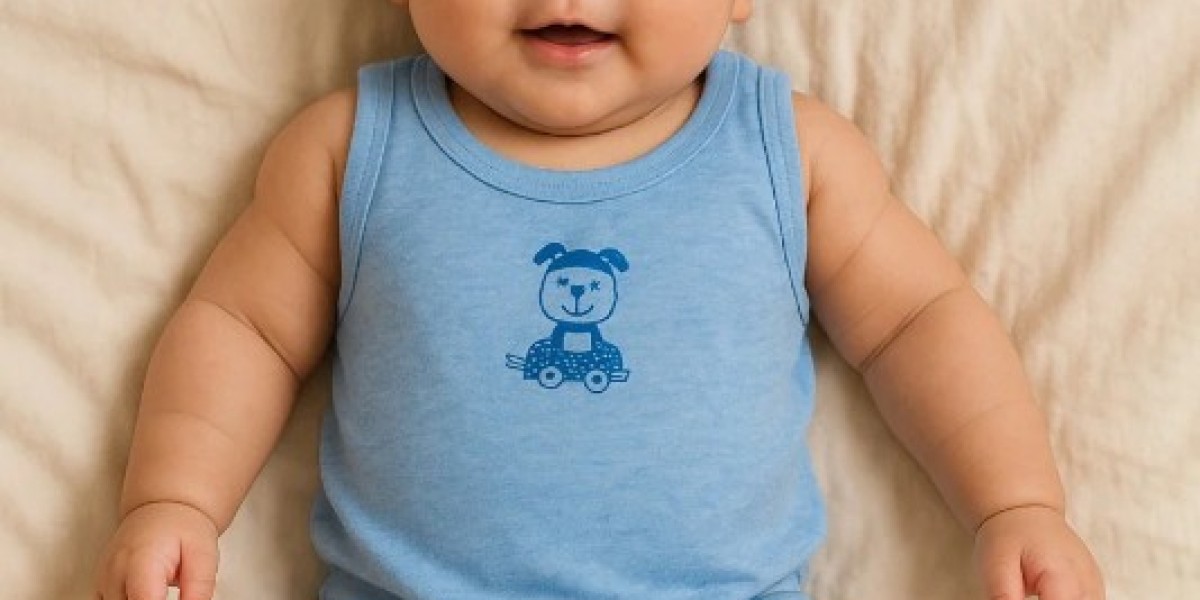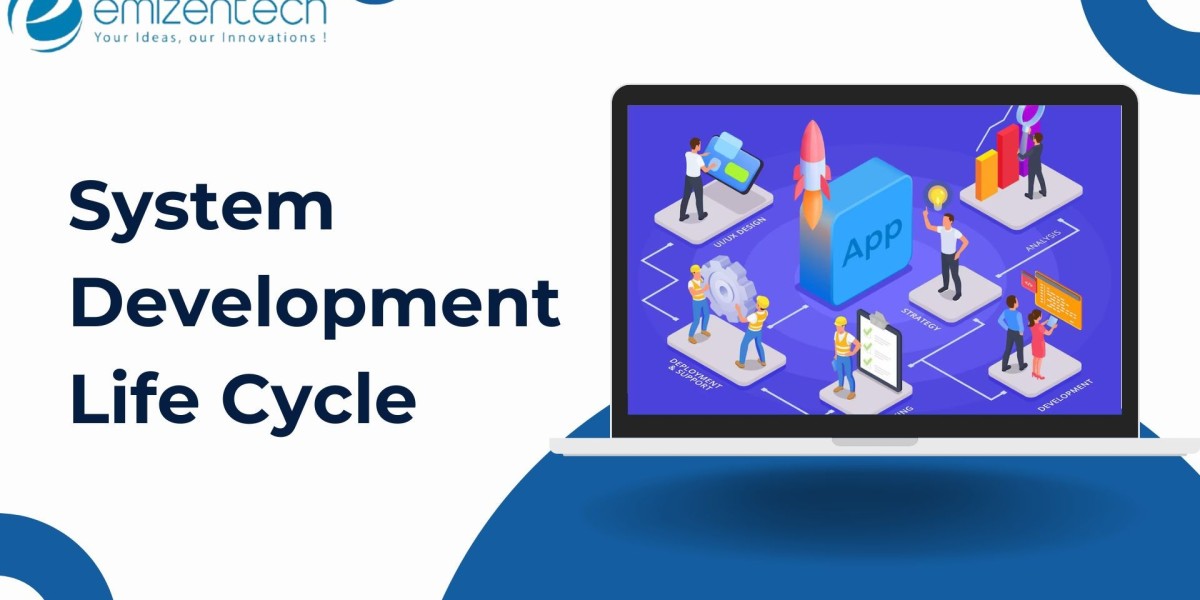Every parent wants their baby’s first days to be wrapped in comfort, love, and safety. And in Indian households, one piece of baby clothing has quietly done that job for generations — the jhabla.
If you’re preparing for your newborn or shopping for a baby gift, chances are the jhabla will make its way onto your list. This timeless cotton top may not look fancy at first glance, but it carries decades of trust, tradition, and thoughtful design. In fact, it’s one of the very few garments that both your grandmother and your pediatrician would probably recommend — and for the same reasons.
What is a Jhabla?
A jhabla is a soft, sleeveless or short-sleeved top made from breathable cotton. It opens in the front or side and ties gently, so there’s no need to pull anything over the baby’s head. This makes it especially helpful in the first few weeks after birth when your baby’s neck is delicate, and the umbilical stump is still healing.
It’s simple. It’s gentle. And it’s made to make dressing a newborn easy — even at 3 AM when your baby is squirmy and sleepy.
Why Indian Parents Love Jhablas
There’s something deeply comforting about a jhabla. It’s airy, loose, and allows your baby’s skin to breathe — which is especially important in India’s warm and often humid climate. Unlike tight bodysuits or synthetic outfits, jhablas don’t cling. They let your baby stretch, roll, and nap with ease.
Parents also love how quick they are to use. No snaps, no buttons, no zips — just soft fabric ties that you can fasten in seconds. Whether it’s a diaper change, a nap time outfit switch, or a post-bath change, a jhabla keeps things calm and simple.
And because they’re so lightweight, jhablas dry quickly after washing — a real help when your laundry basket is always full.
From Tradition to Modern Organic Care
Traditionally, jhablas were stitched from soft cotton saris at home. Today, modern parents have the option of buying ready-made organic cotton jhablas — and that’s a huge upgrade. Organic cotton is free from chemicals, pesticides, and synthetic dyes. It’s softer, safer, and better for sensitive baby skin.
Many parents report that their babies sleep better and get fewer rashes when wearing organic fabrics. Brands like OhMyBebe now offer beautiful, skin-safe jhablas in soothing prints and colors, designed especially for Indian babies and climates.
What to Look for in a Good Jhabla
If you’re planning to buy a few jhablas for your newborn, here’s what matters:
Fabric: Choose GOTS-certified organic cotton whenever possible.
Design: Look for front or side tie-up styles — they’re easiest to use.
Seams: Flat seams are more comfortable on baby skin.
Colors: Light pastels or natural dyes are gentler than dark, heavily dyed fabrics.
Size: Go slightly bigger — babies grow fast, and looser fits allow better air circulation.
And of course, always wash new clothes once before the first wear to remove any residual dust and to soften the fabric even more.
Jhabla: A Baby Essential That Keeps It Simple
In a world full of baby fashion trends, jhablas are refreshingly real. They don’t promise to be stylish or high-tech. What they offer instead is something far more important: softness, breathability, and ease — for both the baby and the parent.
Whether it’s your baby’s first day at home or just another quiet afternoon nap, a jhabla is always the right choice. It’s not flashy, but it works. It always has.
And that’s why, even after all these years, the jhabla still holds its place in every Indian baby wardrobe — not because it’s traditional, but because it’s just that good.








